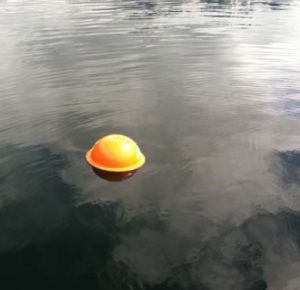 The council’s board of directors met in Cordova on September 15 and 16.
The council’s board of directors met in Cordova on September 15 and 16.
Topics on the agenda included:
- An update on Alyeska’s plan for the transition from Crowley to Edison Chouest
- The council’s plan to monitor the transition from Crowley to Edison Chouest
- An update on the renewal of the Prince William Sound oil spill contingency plan for tankers
- An update on the status of Prince William Sound herring
- A presentation on requirements for marine vessel pilots in Prince William Sound
- An update on BP’s use of foreign-flagged vessels in Prince William Sound
Download meeting materials:


 The council is collaborating with the Prince William Sound College and the Smithsonian for a two-day Marine Invasive Species Bioblitz on September 9 and 10 in Valdez. Learn about invasive species that threaten Prince William Sound and look for them in Valdez Harbor.
The council is collaborating with the Prince William Sound College and the Smithsonian for a two-day Marine Invasive Species Bioblitz on September 9 and 10 in Valdez. Learn about invasive species that threaten Prince William Sound and look for them in Valdez Harbor.